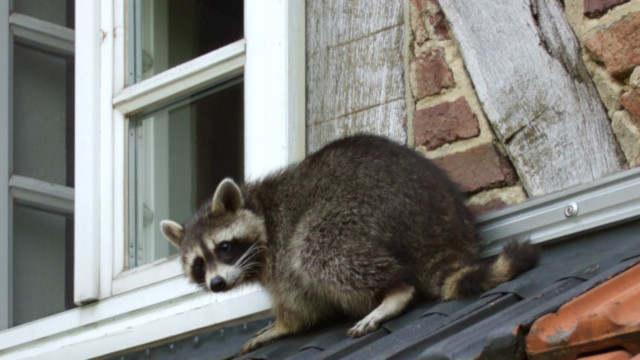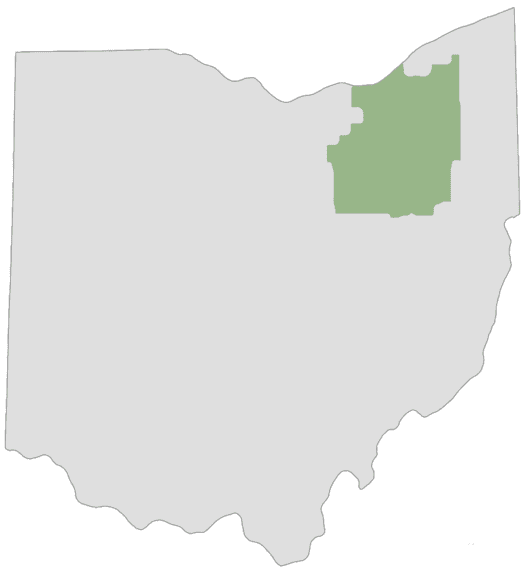More than 75 percent of the U.S. population resides in urban areas. The numerous parks, woodlots, streams, and riverbanks of these urban settings provide habitat for many species of wildlife. As the urban wildlife population expands—and the wildlife grows accustomed to living in and around urban communities—people and wildlife will cross paths. These encounters can be potentially dangerous for both man and animal. That is when the importance of nuisance wildlife removal becomes evident.
Health Risks
Most everyone enjoys watching nature. Seeing squirrels, chipmunks, and birds in your yard can bring a relaxing calm to your daily routine. In fact, we become accustomed to seeing them so often we do not recognize them as a risk. After all, these are not one of Ohio’s few predators like coyote or fox. There are risks, however.

Nuisance wildlife can pose a serious health risk to you, your family, and your pets. Many types of wildlife carry diseases or parasites that can be transferred to humans. When an animal finds its way into your home to nest, they bring with them their waste. The feces and urine they deposit around the nest area are filled with bacteria, viruses, or parasites. These can cause serious illness and even death in some instances.
Damage to Your Home
Most wildlife that nest inside your home will cause damage to the area around the nest site. Chewed wood, insulation, and electrical wires are all common when raccoons, squirrels, and rats invade your home. Damage to drywall and interior walls is also common with some species of nuisance wildlife. In some cases—as with a bat infestation—the build-up of bat guano can result in thousands of dollars in cleanup and repair costs.
Many nuisance wildlife found in the home took advantage of an existing hole or gap to get inside, but once in they’ll usually widen the hole or make more as they turn your home into theirs. By the time you hear the sounds or see the signs of an animal in your home, they’re already well established. At this point, the dame may already be done.
Outdoor Encounters
Not all nuisance wildlife issues take place in your home. Often times, seeing a raccoon, fox, or coyote in your yard or near your home is not a good sign. These animals are supposed to have a natural fear of humans. But many times that isn’t the case. The less a predator sees you as a threat the more likely they are to come near you.
Raccoons are well known for raiding gardens, dog food dishes, and trash cans outside of a home. There is an increasing number of reports of coyotes attacking and carrying away small, leashed dogs, taking them right from the owner during a walk. Occurrences such as these happen because these animals have lost their fear of humans.
The less an animal fears you, the more likely it is to attack you if it feels threatened, or have young nearby and feels you are in its territory. While this does not happen often—it does happen.
The Importance of Nuisance Wildlife Removal
Many times, homeowners are reluctant to call a nuisance wildlife specialist because they feel empathy towards the animals. They don’t want them harmed or euthanized. Neither do we. But the truth is that there are situations when an animal becomes a danger to people and pets and has to be removed. We try to do this as humanely as possible and relocate animals if it is permitted by law. But in all cases, we put the safety of your family and pets above that of an animal that should not be where it is.
The importance of nuisance wildlife removal is growing as humans continue to push further into areas that used to be predominately woodlands or farmland. As housing developments sprout up and the trees disappear, many types of wildlife are forced to coexist with us. The result, many times, is not good for either human or animal.
So, the next time you hand feed a squirrel or toss candy to a raccoon, remember that you are only adding to the problem. You’re teaching the animal that you’re a source of food and not a threat. You’re creating a potential problem that may result in the need for nuisance wildlife removal.





